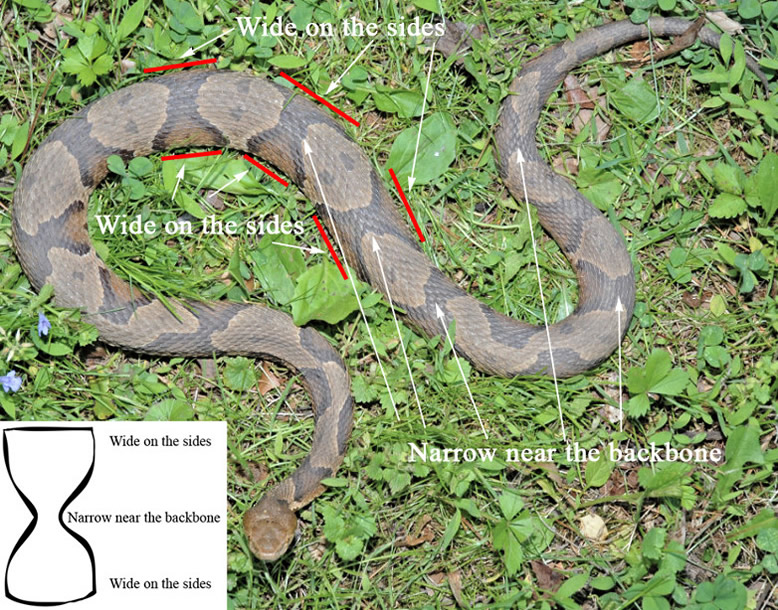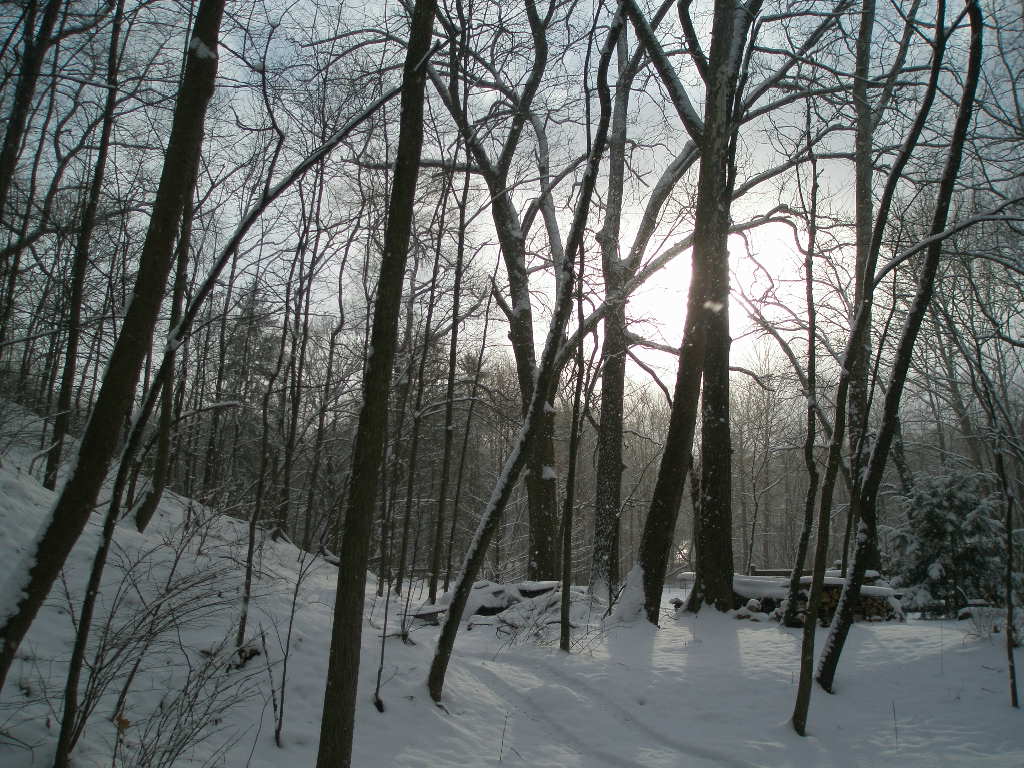It's near the end of October approaching November so luckily the snakes are probably already entering hibernation as well as so they won't need to be worried about but it's always nice to in case someone has horrible luck or disturbs an active venomous snake. The other venomous fiends we have to keep our eyes out for and can be active at this time of year are spiders.
I am a part time park naturalist and would like to express that animals even though some are venomous are just trying to protect themselves and view "you" as the threat. So even though these animals may be dangerous to you would be better off if you left them alone in the 1st place and may just be a chance encounter. You Can Outrun All Of These Guys Listed, but take note so you too can be safe.
First I'd like to point out the difference between Venomous and Poisonous. Venomous is to be injected with a solution that makes you ill and has many affects, but Poison is a substance that when ingested makes you ill.
The Snakes;
First I would suggest taking a look at this link and knowing how to care for venomous snake bites and the snakes located in VA. http://www.virginiaherpetologicalsociety.com/reptiles/snakes/VHS%20Venomous%20Snakebite%20Info.pdf
To make identification easy for the snakes in this area there are general rules to identify venomous snakes.
1. They tend to have a triangular head shape due to having venom glands in their head.
2. They have cat shaped eyes (you don't generally want to get close to find that out)
3. If they are pit vipers(which all 3 of the ones in VA are) they will have a deep hole(heat sensing organ called a pit) located between their eyes and nostril.
Individual Snakes in the area, to ID them.
-Northern Copperhead
As you can see it has hourglass shaped bands placed sideways that run completely down to it's belly, other snakes that have the hourglass bands that aren't copperheads don't go that far down the sides.
-Eastern Cottonmouths
The hollow bands on the back tend to have markings in them, and the Adults have a black tail, also they have a defense that when they feel threatened they open their mouths to scare enemies and they have a white colored mouth that they poof up, hence the name Cottonmouth.
-Timber Rattlesnake
As you know the name helps identifying this snake easily, the rattle! Again you can see the normal venomous snake traits here all taking place in the head. Also take note to the stripe patterns in the copperhead being bands that are spllit at the base of the neck but then become solid. Also as a heads up just because you a slight rattle in the leaves does not mean it is a rattlesnake because other snakes also deter predators by wagging their tails in the leaf litter to emit a rattle noise but the true rattlesnakes will be clear to see the rattle as well.
I hope you guys read into this and take note of these guys, for my people who train in MD we have the Northern Copperhead and the Timber Rattlesnake(which is up north in the mountain areas).
http://www.virginiaherpetologicalsociety.com supplied a good deal of information and helpful photos but a deal of this is also from previous training in nature occupations.
The Spiders:
There are 3 spiders to look out for in VA; The Brown Recluse, The Black Widows, and The Hobo Spider
How to apply first aid for a spider bite:
-if the bite proves to be dangerous or the victim has trouble breathing call 911, keep the bite area below the heart, wash the area with soap and water, put ice on the area, and safely identify the spider for the healthcare provider.(1st aid and cpr manual)
-The Brown Recluse
The Brown recluse can be identified by the violin shaped pattern on the back of the head/chest region(cephalothorax) with the neck going towards the rear. This spider also has 3 pairs of 2 eyes instead of 8 eyes like most common spiders. It's web is very unorganized and has no pattern, it uses it to live in and sets trip wires to be notified when there is prey and pounces it. This spider is very dangerous because it's venom can cause lesions in the skin and the formation of necrotic tissue.
-The Black Widows
The Black Widow is a easy to identify spider as it is completely black and has a Red hourglass located on it's abdomen. It's web is generally messy but strong, so if you have a stick and apply some light pressure it won't break, and it can tend to funnel near the base of it.The bite of this spider is not intensely dangerous as the brown recluse but it attacks the nervous system and can make you exhibit nausea and several other symptoms but for a middle aged adult it's not too dangerous versus that of a young child or elderly person, but it's best to seek help.
-The Hobo Spider
This spider is best identified by the males having large forceps in the front(Palpi) that are bulbed and resemble that of boxing gloves. The females palpi are smaller but they have bigger abdomens. They are identified as well by Chevron(rowed V patterns) along the abdomen. Their web is funnel shaped as they come from a funnel spider family. The effects of the hobo spider's bite is a swelling into a blister and eventually oozing out the liquids which turns the blister into a form of ulcer. It's not extremly dangerous but definitely something to be warned of.
I hope you guys enjoyed the intel gathering, and that it may help you in the long run.
















